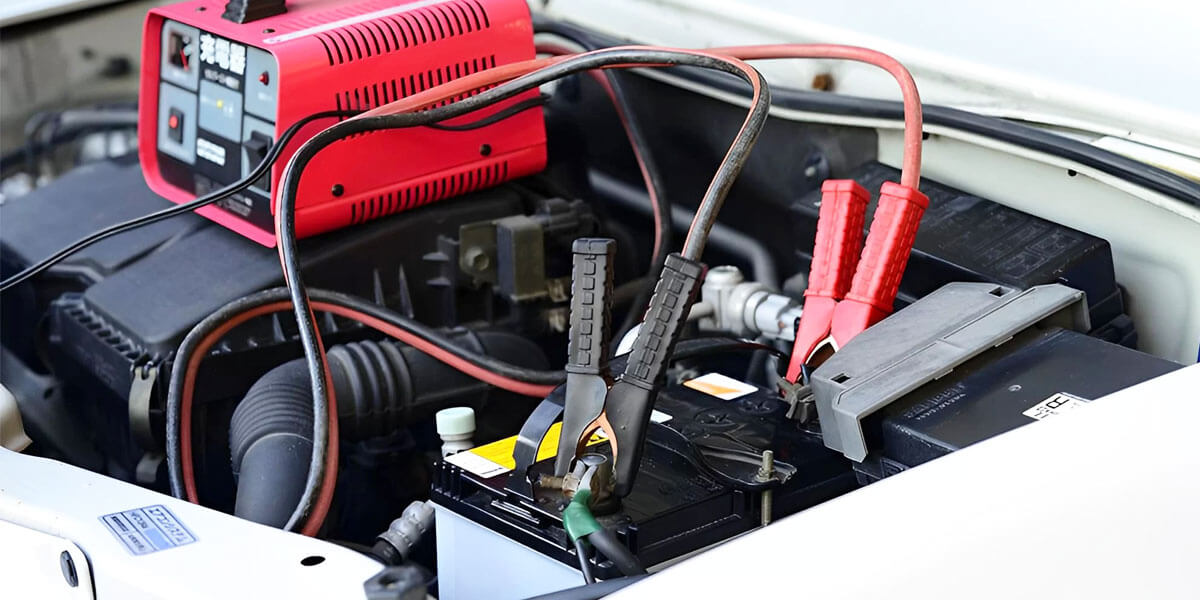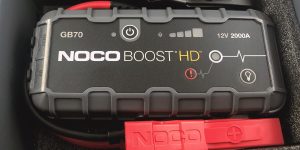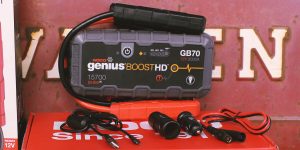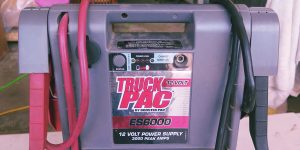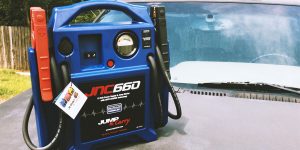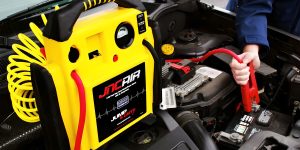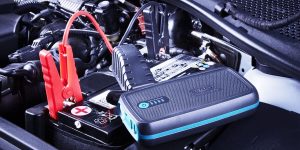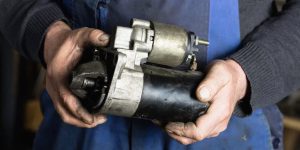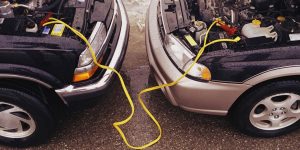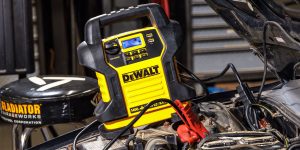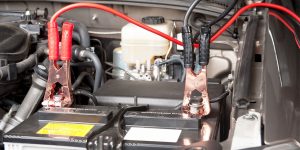Understanding how many amps it takes to jump-start a car from an external power source, such as a jump starter, is of utmost importance for every driver. We’ve all experienced that dreaded moment when the car battery goes dead at the most inconvenient times, leaving us stranded. Having a reliable jump starter on hand can be a lifesaver, but it’s essential to know the right amount of amperage required to effectively start your vehicle without causing any damage. Using my knowledge in this subject area, I will tell you about the basic principles of starting devices and offer my own developments that will allow you to confidently get out of similar situations in the future.
How many amps do different types of vehicles require?
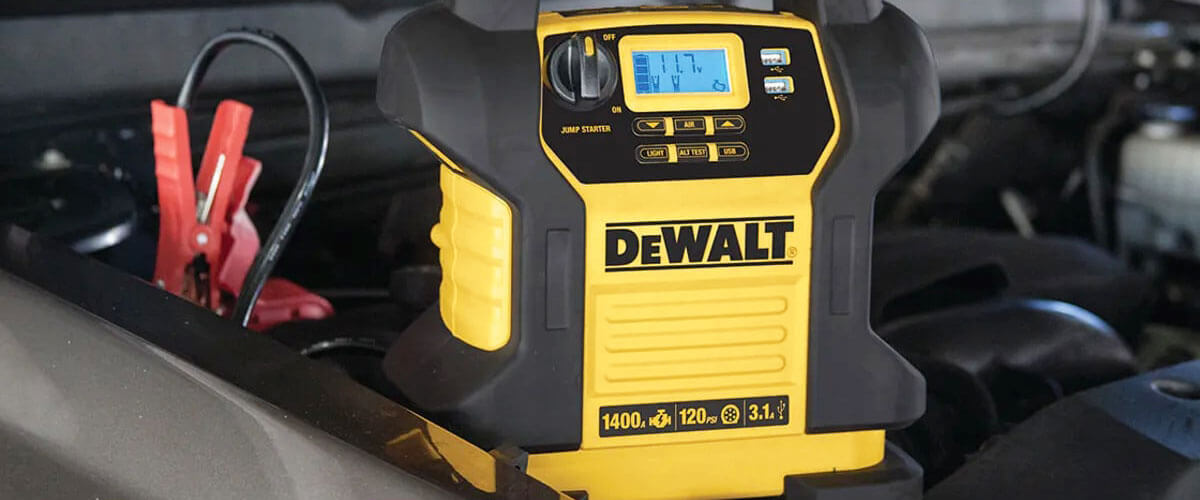
Many drivers often wonder, “What size jump starter do I need?” When it comes to this aspect, understanding the specific amperage requirements for different types of vehicles is critical. I can state that it doesn’t matter what type of vehicle you have that has a dead battery. Knowing the correct number of amps needed to jump-start a car, you can run a dead battery smoothly and correctly. I will empower you with the knowledge to confidently handle jump-start situations for V8 engines and get back on the road in no time.
Cars
Typically, the required amps to start a car range from 400 to 600 amps to get it up and running. This range accounts for various factors influencing the amperage needed, such as the engine size and battery condition. Larger engines or older batteries may demand higher amperage to initiate the ignition successfully. It is important to have a reliable jump starter that falls within this range to ensure a smooth start and avoid potential damage to the vehicle’s electrical system.
SUVs and trucks
SUVs and trucks, known for their large size and more powerful engines, often necessitate a jump starter with even higher amperage, frequently falling in the 600 to 1000 amps or more range. Factors like engine power and battery health also play a significant role in determining the required amperage.
Motorbikes
Due to their compact nature, motorbikes generally require a lower amount of amperage for a successful jump-start, typically ranging from 150 to 300 amps. The lighter electrical load of motorcycles contributes to this lower requirement. However, it’s important to discuss scenarios where certain motorbikes with more powerful engines or older batteries might demand higher amp rage.
Electric or hybrid cars
Electric and hybrid cars present a unique case, as not all of them can be jump-started through traditional methods due to their complex electrical systems. Some may require specialized jump-starting devices if the need arises. Manufacturers’ instructions and safety precautions for jump-starting such vehicles should be thoroughly followed to avoid any damage to the intricate electrical components. Owning an appropriate jump starter and being aware of the specific requirements for electric or hybrid cars will be valuable in handling any emergencies related to their battery systems.
In conclusion, understanding the amperage requirements for different types of vehicles is important for any driver. With this knowledge, one can choose the right jump starter and approach jump-starting situations confidently, ensuring a smooth and efficient process while safeguarding the vehicle’s electrical systems.
Factors affecting the required amps to jump-start a car
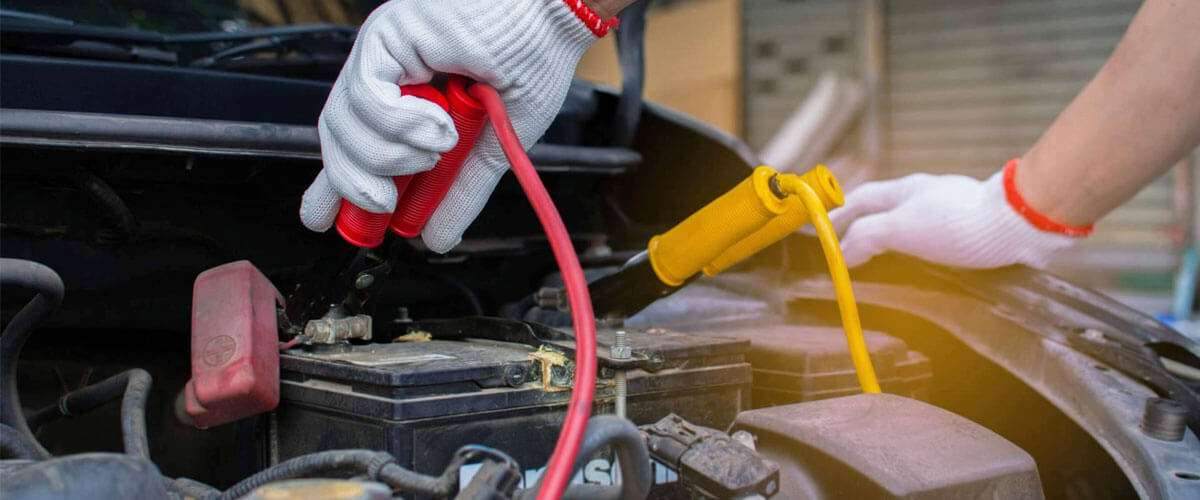
As you’ve already realized, jump-starting a car requires the right amount of amps to deliver the necessary power to the vehicle’s battery and start the engine successfully. Several factors are crucial in determining the required amps for a successful jump-start. Understanding these factors can help you be better prepared for various situations and ensure a smooth start in times of need.
Size and type of the vehicle
The size and type of a vehicle directly impact the power needed to start it. Larger vehicles typically come equipped with more powerful engines, requiring more amps to crank the engine. This is because larger engines have more cylinders and higher compression ratios, which demand more energy to turn over.
Condition of the battery
The condition of the car’s battery is also a pretty important factor in jump-starting. A deeply discharged battery will demand a higher number of amps to generate enough power to initiate the engine. On the other hand, if the damaged battery may not hold a charge at all, rendering any amount of amps ineffective in starting the car.
Weather conditions
Weather conditions can significantly influence the performance of a car battery and the required amps for a successful jump-start. In colder temperatures, motor oil thickens, making it more challenging for the engine to turn over, necessitating a higher amp supply. During cold weather, batteries may lose some of their power, making it challenging to deliver the required amps to start the engine.
Conversely, in warmer climates, the engine requires less power to start, and thus, a lower number of amps may be sufficient for a successful jump-start.
Age and health of the battery
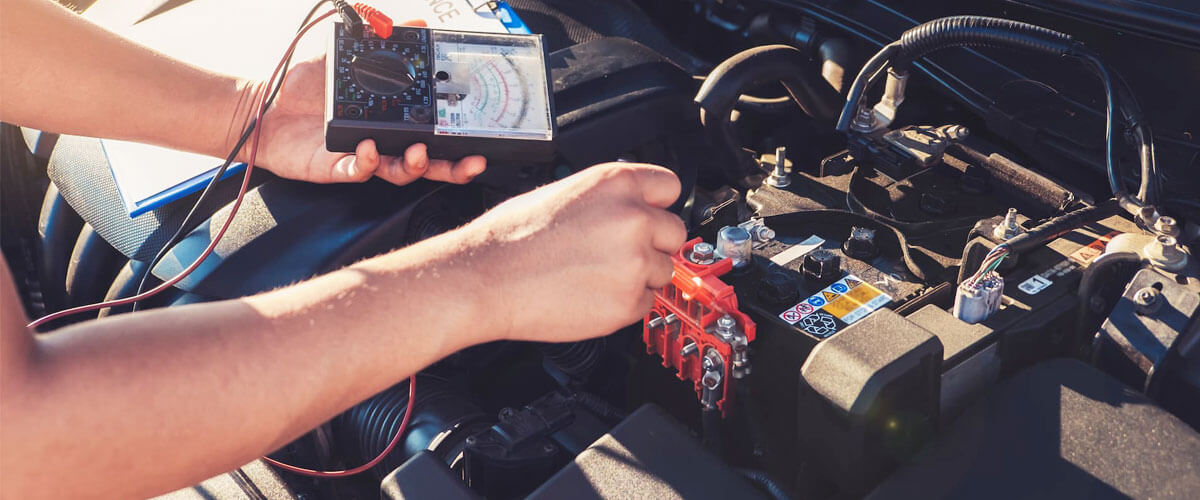
I’d recommend you pay attention to the age and overall health of the car’s battery are important components to consider when jump-starting a vehicle. The old battery needs higher amps to kick-start the engine because it lost its ability to hold a charge. Regular maintenance and care can prolong the battery’s life and preserve its capacity, reducing the need for high-amp jump-starts.
Poorly maintained or old batteries may develop corrosive deposits on their terminals, reducing the efficiency of the jump-start. Cleaning the terminals can often help improve the effectiveness of the jump-starting process.
Discussing when it might be time to replace a battery rather than continuing to attempt jump-starts can also be beneficial for drivers facing recurrent starting issues.
Let me sum up: Different factors, like size, type of vehicle, and battery condition, can influence the required amps to jump-start your car. Being aware of these factors can aid you in choosing the right jump-starting approach and equipment, ensuring a successful and hassle-free start when faced with a dead battery.

